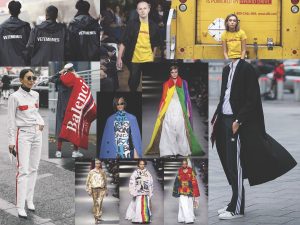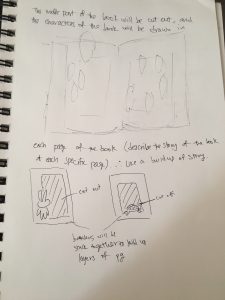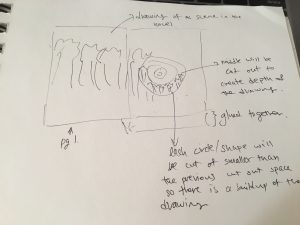The project began with an introduction of what the golden ratio and the golden section is and how it is applied both passively and explicitly around us. We were then introduced to an instrument called the caliper which is a tool used commonly when measuring the golden section. Upon learning about the functions and methods of using the caliper, we created a caliper model using card board and clips. After some trials and errors whilst making, we were able to apply the same proportions and methods in making the calipers using wood and dowels. Making the calipers was not a difficult exercise, as I had experience in working with wood through prior projects, and the process of making the caliper did not take long. However, I did have to take more cautious measures when adjusting the calipers in order to keep the proportions and the measurements accurate.
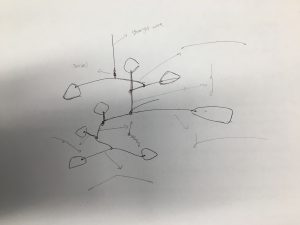
Once the calipers were made, we used it to draw out random shapes in a large sheet of Bristol paper. Multiple shapes were then picked out within the shapes drawn using the calipers as shapes used in the final section of the planar project; to create a mobile or a stabile in the style of Alexander Calder. These choses shapes were then transferred into cardboard paper using the tracing paper, and then enlarged or reduced using the multiples of Phi (1.618). With these shapes, I began building a mobile using wires and swivels, working from the base and up. This was a difficult and laborious process that required multiple trials and error to make the model stable, reflect the golden segment yet remain interesting and comfortable for the eye to follow. After I was set with the composition of the model and the sizes of the shapes used in the model, I recreated the shapes in Adobe Illustrator and adjusted the template settings ready for the laser printer.
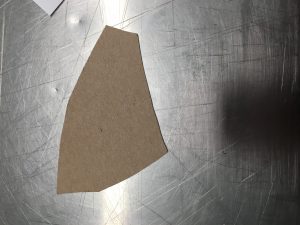
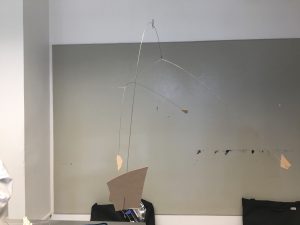
The process of laser cutting went relatively smoothly, as my shapes were relatively simple and the black and white plexiglass I used was easy to work with. However, the colored plexiglass had a different density with the black and white plexiglass which could not be cut according to my needs. Therefore, I decided to use the white plexiglass I found within the scrap shelf as a replacement.
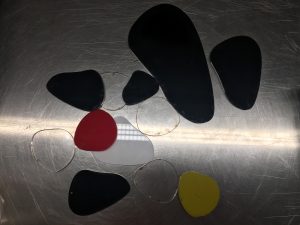
What I found difficult was the assembling of the final model. Building the mobile with plexiglass was completely different from building it with cardboard. Plexiglass was a much denser material and had much greater mass than cardboard, and whilst building the mobile, the wire became too weak and thin to hold the larger shapes in place. Thus, I used wires of multiple thickness through twisting wires using a drill and replaced some of the thin wires with these twisted wires. However, the largest shape was still too heavy and the wires could not hold it in place. Therefore, I had to rewind the wire using the third strand of stainless wire which made made the wire irregular.
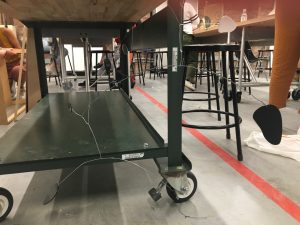
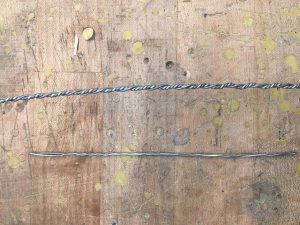
What I found out after building the mobile was that once the shapes were all balanced and in position, the length of each side of the wire was in sync with the golden ratio. Also, the movement of each mobile segments were most fluid and in sync when each part was complying with the rule of the golden ratio.
As it was my first time using plexiglass and the first time using wires as the main part of the sculpture, I found it difficult to get used to handling the materials. However with multiple practices and trials, I was able to use use the materials in the form I wanted with relative execution.
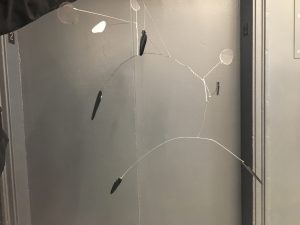
This project was undoubtedly one of the more difficult projects with multiple obstacles which set limitations to the assembling of the mobile. However, whilst it was the most demanding project, I did learn one of the most important aspect of designing which is to use the golden ratio; and the golden ratio appears naturally without having to force it if your design is good. If I have a chance to redo this project, I would use more swivels and use a wire using dense metal to prevent having to twist the wires to create thicker wire to hold the mobile shapes in place.
For this project I used $4 which was used to purchase the colored plexiglass, and the remaining plexiglass was recycled plexiglass i got from my friend who took Space Materiality in the previous semester or from the scrap box in the laser lab. I feel like this project was limited in being a sustainable project, as we needed to use plexiglass that was not sustainably sourced or from recycled plastic. However, if we use remaining plastic scraps found around school, we could make this project more sustainable.







